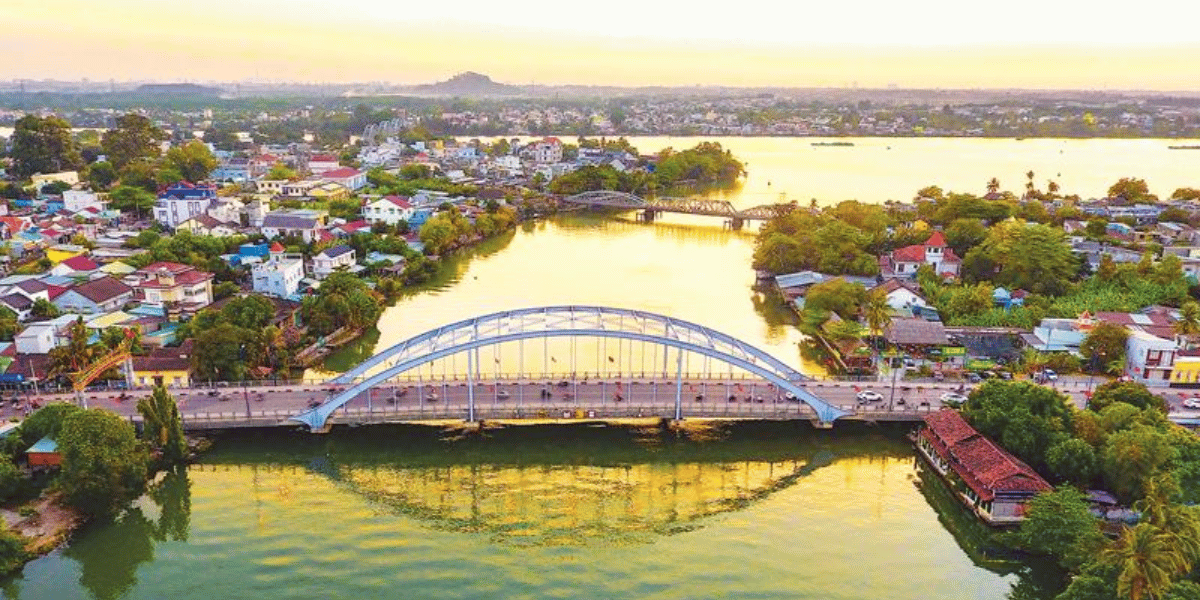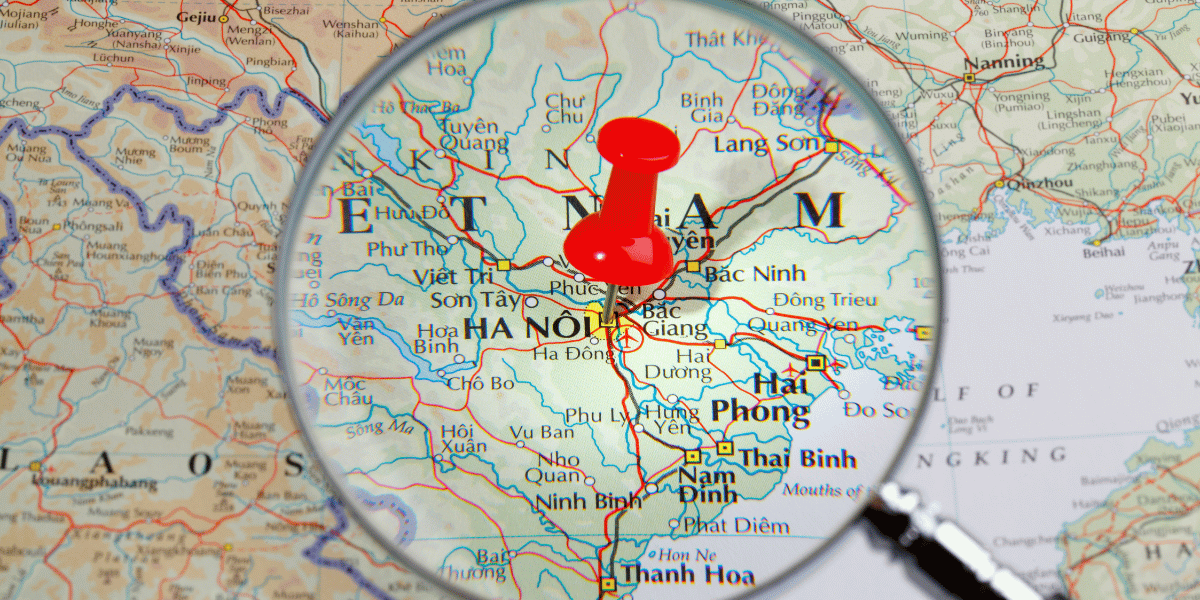Destinations – Tonle Sap
Last Updated on 14 May, 2024 by admin
Tonle Sap, Southeast Asia’s largest freshwater lake, is located at the heart of Cambodia and is renowned for its unique ecological phenomenon. This expansive body of water is integral to Cambodia’s geography, culture, and economy, acting as a pivotal element in the region’s biodiversity. Tonle Sap is unusual because its flow connects with the Mekong River and reverses seasonally, making it an extraordinary natural reservoir that supports millions of lives. This article aims to explore the dynamic changes Tonle Sap undergoes each season, its profound impact on local wildlife and communities, and the conservation efforts that aim to preserve this vital resource.
Hydrological Dynamics of Tonle Sap
Dry Season Characteristics
During the dry season, Tonle Sap diminishes significantly as water flows from the lake into the Mekong River, continuing its path toward the sea. This period sees the lake shrinking to its minimal size, revealing vast expanses of fertile land previously submerged under water. These lands are crucial for local agriculture, as they are enriched with nutrients deposited by the lake’s waters. The dry season is a time of preparation where the ecosystem adjusts to lower water levels, and communities engage in farming activities that are vital for their sustenance.

Transformation in the Wet Season
The onset of the monsoon season around June triggers a remarkable transformation. The swollen Mekong River, laden with runoff from the rainy season, reverses the flow of water back into Tonle Sap, causing the lake to expand up to five times its dry season size. This natural phenomenon acts as a gigantic buffer that reduces the velocity of floodwaters heading towards the Mekong Delta, mitigating potential flood damage. As the lake expands, it submerges the surrounding forests and fields, creating an aquatic wonderland that supports an array of biodiversity and replenishes the region’s fish stocks, which are crucial for Cambodia’s food security.
Ecological and Economic Importance
Biodiversity and Fishing
The fluctuating rhythm of Tonle Sap’s waters creates a fertile breeding ground for numerous fish species, which thrive and multiply during the wet season when the lake is flush with fresh water and nutrients. As the lake contracts, it becomes densely populated with fish, making it one of the most productive inland fisheries in the world. This abundance forms the backbone of Cambodia’s fish consumption, providing two-thirds of the protein intake for its population. The annual fish catch is central to the livelihoods of the local communities surrounding Tonle Sap.
Agriculture and Plant Life
The receding waters of Tonle Sap leave behind rich sediments that are highly conducive to agriculture, particularly rice farming. Local farmers have cultivated a unique strain of rice that is adapted to grow in sync with the rising and falling water levels. This rice can stretch its stems several meters to keep its leaves above the water surface, ensuring the plants survive the flooded months. This adaptive agricultural practice not only sustains local food production but also showcases the intrinsic connection between the people and their environment.
Threatened and Endangered Species
Tonle Sap is also a refuge for various endangered species that rely on its dynamic landscape for survival. Among them is the Mekong giant catfish, one of the world’s largest freshwater fish, which migrates from the Mekong River to spawn in the nurturing waters of Tonle Sap. However, this and other species face increasing threats from overfishing and habitat disruption, primarily due to the construction of upstream dams which alter water flows and sediment transport, impacting breeding grounds and food availability.
These sections delve deeply into the complex interplay of natural forces and human activities at Tonle Sap, illustrating how this unique lake is a lifeline for the ecological and economic vitality of Cambodia.
Tourism in Tonle Sap
Tonle Sap offers a distinctive travel experience, especially through its dynamic water system that dramatically transforms the landscape between seasons. This transformation makes it a unique destination for eco-tourism and cultural exploration. Visitors often travel between Phnom Penh and Siem Reap via express boats, a journey that takes around five hours and offers panoramic views of the shifting shores and daily life of the local communities. While the boat rides can be crowded and basic, the scenic vistas of sprawling water, lush vegetation, and floating villages provide ample compensation.
These floating villages are a highlight of any visit to Tonle Sap. Entire communities live on the water, with houses, schools, and markets all built on rafts that rise and fall with the lake’s levels. This adaptability reflects the resilience and ingenuity of the local people. Tourism to these areas offers a glimpse into a unique way of life and supports local economies. However, it’s vital for tourists to approach these experiences with sensitivity and respect for the local culture and environment.
Environmental Challenges and Sustainable Development
The fluctuating ecology of Tonle Sap, while a boon for biodiversity, also presents significant environmental challenges. The lake is essential to Cambodia’s ecological and economic health, but it faces threats from both natural variability and human activity. The construction of dams on the Mekong River, for example, has altered the natural flow of sediments and nutrients, potentially disrupting the breeding cycles of fish and other aquatic life that are crucial to the lake’s productivity.
In response to these challenges, there have been concerted efforts to promote sustainable practices. Tonle Sap was designated as a protected area under UNESCO’s Man and Biosphere Programme in 1997, highlighting its global importance and the need for ongoing conservation efforts. The program focuses on balancing human activity with ecological preservation, ensuring that the lake continues to sustain the communities that rely on it.
Moreover, several core protected zones have been established, including the Prek Toal Bird Sanctuary near Battambang. This sanctuary is crucial for the conservation of rare and endangered bird species, serving as a major breeding ground for waterbirds. The best time to visit is during the dry season when water levels are lower and birds congregate in dense numbers, making it an ideal spot for birdwatching.
These initiatives underline the importance of integrated management of natural resources, ensuring that development does not come at the expense of environmental degradation. By fostering a sustainable approach to eco-tourism and conservation, Tonle Sap can continue to be a source of life and livelihood for Cambodia’s people, while also serving as a model for conservation efforts worldwide.
Social Issues and Future Outlook
The communities around Tonle Sap face numerous social challenges, primarily due to their dependence on the lake’s natural resources, which are under threat from environmental changes and unsustainable practices. Many residents are subsistence fishermen or farmers whose livelihoods are intricately linked to the lake’s seasonal cycles. As water levels become unpredictable—partly due to climate change and upstream dam construction—their traditional ways of life are increasingly jeopardized.
Moreover, the lake’s health directly impacts food security in the region. With fish stocks declining due to overfishing and habitat disruption, protein intake and nutritional health are becoming significant concerns. Education about sustainable fishing practices and the long-term effects of environmental degradation is crucial for these communities. Additionally, the government and NGOs are working to improve living conditions by investing in education and healthcare, aiming to diversify economic opportunities beyond fishing and agriculture.
Looking to the future, there is a critical need for integrated resource management that involves local communities in decision-making processes. This includes developing adaptive strategies that can mitigate the impact of environmental changes and ensuring that economic development initiatives, such as tourism, are sustainable and benefit local populations. The preservation of Tonle Sap requires a coordinated approach that balances ecological health with the well-being of its residents, making it a pivotal issue for Cambodia’s development agenda.
Conclusion
Tonle Sap is not just a geographical feature of Cambodia; it is a lifeline for the nation, supporting a biodiverse ecosystem and providing economic resources for millions of people. As such, it represents a complex interplay between natural dynamics and human needs, highlighting the challenges of managing such a vital resource in the face of modern pressures. The lake’s future depends on the successful implementation of sustainable practices that protect its ecological integrity while supporting the local communities that depend on it.
Efforts to conserve Tonle Sap’s unique environment and promote sustainable development are crucial not only for the health of the local ecosystem but also for the cultural heritage and economic stability of Cambodia. The ongoing initiatives under UNESCO’s protection and local conservation programs are steps in the right direction, but continuous effort and international cooperation are essential. As we move forward, the story of Tonle Sap will undoubtedly serve as a poignant example of the need for environmental stewardship in an increasingly interconnected world.



